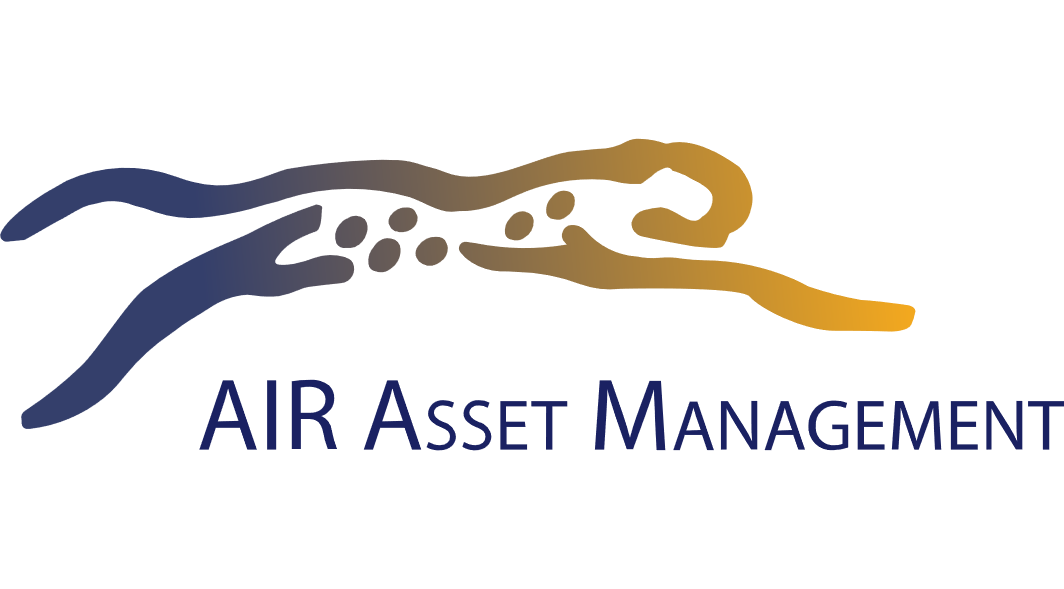How Life Settlements are Valued
TRANSCRIPT
Scott Willkomm, Chief Executive Officer of Life Equity.
My name is Scott Willkomm. I'm the Chief Executive Officer of Life Equity, a licensed life settlement provider. We buy policies from individual consumers on behalf of institutional investors. In addition, we have a large servicing business where we manage large portfolios of life settlements on behalf of our institutional investors.
What is the standardized methodology for determining the valuation of a life settlement policy?
The gold standard for determining the value of a life settlement policy is a probabilistic discounted cash flow.
What does that mean? We project out the future premium costs associated with owning a policy, as well as the receipt of the death benefit when the insured passes away, and weigh those by their probability of survival over a period of time. The present value of those cash flows determines the value of that policy.
What are some of the variables in managers’ internal valuation models in how they evaluate policies?
The important variables going into valuation are essentially three main components. One is the mechanics of the policy itself. Life policies are relatively simple on the surface. You pay a premium over time, and you get a death benefit when the insured passes away. However, life companies have differentiated their products by putting in various features that make a policy more economically efficient in terms of how much premium you need to pay versus their competitors' policy. We first understand what those mechanics are to predict the premiums necessary to pay overtime. Secondly, the component regarding how long someone may survive (how long someone may live) is critical to valuing a life settlement. We take in underwriting data from professional medical underwriting firms that evaluate an individual's health circumstances. Whether they are afflicted with certain health impairments such as high blood pressure, obesity, or perhaps something worse like a disease of some sort or cancer, they factor that into making a prediction on how long that person may live. We take those variables, combine them, and then the final component is the discount rate, which we use to discount those cash flows I previously mentioned. That's largely based on market forces. Where are other buyers and sellers in the market purchasing or selling life settlements today? That gives us observable information to come up with a reasonable assumption for a discount rate.
